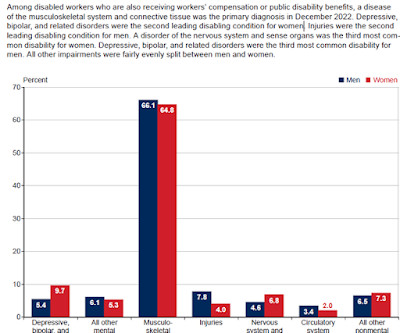The importance of disability insurance
Higginbotham
AUGUST 25, 2023
It’s a real risk, and it’s why anyone who depends on a paycheck needs to understand the importance of disability insurance. Why is disability coverage important? If you had a one-in-four chance of losing your house to a flood , you’d probably want to protect it with flood insurance. Savings can deplete fast.




















Let's personalize your content